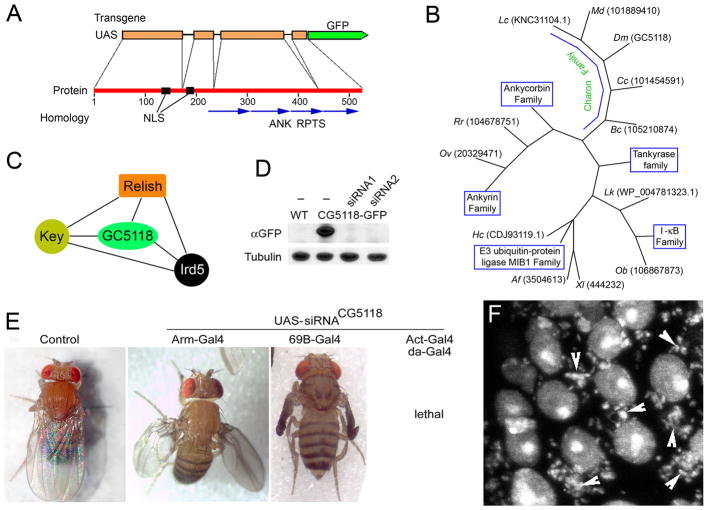Figure 1. Charon (CG5118) gene encodes new component of IMD pathway.
A. Structure of Charon gene and protein and transgenic construct. ANK RPTS – Ankyrin repeats. NLS – nuclear localization signal. B. Evolutional tree of Charon homologs. Only representative sequences or known protein families are shown. Two first letters represent an organism, followed by sequence ID. Xl – Xenopus laevis; Af - Aspergillus fumigatus; Lc - Lucilia cuprina; Hc - Haemonchus contortus; Dm - Drosophila melanogaster; Rr - Rhinopithecus roxellana; Md - Musca domestica; Lk - Leptospira kirschneri; Cc - Ceratitis capitata; Bc - Bactrocera cucurbitae; Ob - Octopus bimaculoides; Ov - Opisthorchis viverrini. C. Charon protein interacts with components of IMD pathway [36,41]. D. The expression of Charon-GFP transgenic reporter and siRNA transgenes against Charon. Two different siRNA constructs against CG5118 were expressed using ubiquitous Act-Gal4 drivers in CG5118-GFP-expressing Drosophila. Total protein extracts from third instar larvae were subjected to Western blot analysis using anti-GFP antibody. Tubulin antibody was used as a loading control. E. Charon is required for Drosophila development. siRNA against CG5118 was expressed using tissue-specific (Arm-Gal4, 69B-Gal4) or ubiquitous (Act-Gal4, da-Gal4) drivers in wild-type flies. F. Charon is required for antifungal protection of Drosophila. Larval salivary gland cells expressing siRNA against Charon locus often become infected with bacteria and fungi (arrowheads). Nuclei and pathogens are stained with Draq5.

